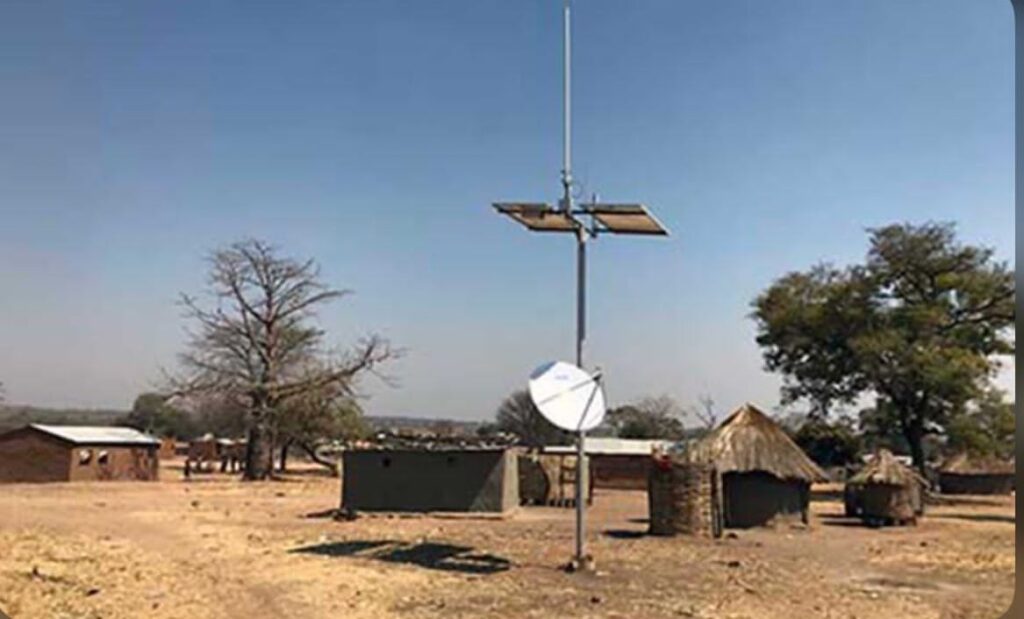By Adedeji Agbaraoluwa Phebian

Telecommunications operators have been assigned the crucial task of ensuring connectivity in crisis-affected zones across the country. This initiative aims to enhance living conditions, particularly within internally displaced people (IDP) camps. According to GSMA’s ‘Connectivity in Crisis: The Humanitarian Mobile Coverage Gap’ report, as cited by The Guardian, connectivity is indispensable in crisis situations, crucial for both affected populations and the effective delivery of humanitarian aid. The report highlights that while the connectivity needs of humanitarian responders are typically addressed during crises, the corresponding needs of affected communities are often overlooked and inadequately supported. This oversight underscores the profound humanitarian impact of lacking or disrupted connectivity.
According to GSMA, effective strategies backed by evidence are crucial for expanding and upgrading mobile networks in crisis-affected communities to address coverage gaps. The global telecom body, representing operators worldwide including those in Nigeria, emphasized the increasing acknowledgment across various sectors of the importance of closing mobile coverage gaps in humanitarian settings. It highlighted that recent technological advancements have generated considerable optimism about significant improvements in mobile coverage potential.
“However, numerous challenges have hindered sustained and substantial progress,” GSMA noted.
The organization expressed its commitment to mobilizing collaborative efforts across sectors to meet the connectivity requirements of crisis-affected communities globally.
